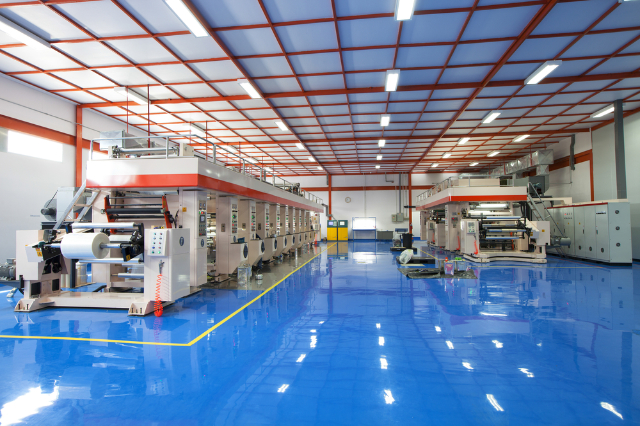Air Casters and Industrial Floor Protection Methods
Industrial floor surfaces are surprisingly more fragile than most people actually realise, meaning they are prone to damage and often show signs of wear and tear easily if you fail to take extra steps to protect it. It’s fair to say that preserving floor conditions can no doubt seem challenging, as many things can lead to extensive (and expensive) damage which may even impact upon your operations and safety.
That’s exactly why it’s so important to explore some of the most effective industrial floor protection methods, as this will allow you to maintain the greatest confidence that your industrial floor will be able to stand the test of time.

What Damages Industrial Floors
Forklifts, wheeled casters and other systems can be heavy and put a huge amount of pressure on your industrial flooring, and such a force may be more than your floor is able to handle safely. Damage to industrial floors is all too common, as it’s so easy to make a mistake or error that leads to an obvious sign of wear and tear. Even flooring which has been specially selected for heavy usage may not be able to take the strain after a while, as continued use can also encourage signs of wear and tear despite the stronger material.
It only takes the weight of heavy machinery moving across the surface. When you consider the added extra of dust or other pesky particulates getting trapped beneath heavy wheels, you realise that any further damage can be caused by use, making it tricky to actually avoid causing more damage. It has to be said that damage can worsen far faster than you might initially expect too, as tiny cracks can turn into enormous gaps, while minor scratches can transform into deep gouges. Industrial floor damage can certainly create a particularly unsafe environment for both staff and machinery.
Air Casters and Surface Requirements
Thankfully, not all machinery and equipment is prone to causing damage to your industrial floors, as there is one main exception - air casters. Air casters are totally different when compared with the common wheeled articles found in most industrial settings, as rather than rolling over the floor's surface, they actually float above it. In air casters, compressed air fills donut-shaped bags, and when these bags have enough air to lift the weight of the load, then air begins to slowly leak beneath them to create a very thin film of air between the machinery and the ground.
It's fair to say that efficient air caster use will be dependent on the quality of the industrial floor surface, as issues like porous surfaces, cracks, and gaps can prevent the air casters from maintaining the wafer-thin frictionless air film that keeps them afloat. Some form of repair or remediation may be necessary in these cases. Epoxy treatment is one of the most popular methods in today's modern market. But the corrections can be as simple as a plastic or thin sheet metal overlay. Once those adjustments are made, the casters will simply glide over floors, especially those with rough or uneven surfaces, without resulting in further damage. Additionally, the grinding noise that comes with any heavy equipment on floor surfaces will be reduced or eliminated.
Click here to read more about Air Casters / Air Skates.